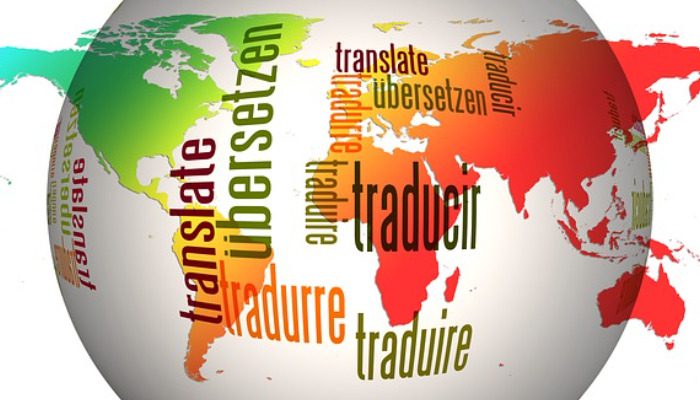The first thing that comes to people’s minds when they hear about interpreting is that it is the same as translation. Therefore, if you find people using the terms separately, don’t get surprised. When a person comes to understand that both are different, the question that strikes their mind is what makes interpreting different from translation.
The best way to explain the difference between translation and interpretation is that translation is relaying written material from one language to another. Interpreting involves relaying spoken content between multiple languages.
This article intends to help you understand interpretation better and tell you about some of the most common types of interpretation.
What Is Interpreting?
Interpreting is real-time translating in an oral form of content. Interpretation enables cross-linguistic communication, mainly in a professional setting, either face to face or over the phone. In an interpretation process, the interpreter relays what is said by the speaker in a different language. The interpreter paraphrases the understanding of the actual meaning of the conversation and delivers it in the target language.
An interpreter must be a native-level speaker of the target language, but they must translate in both directions. There is no way of using dictionaries or encyclopedias for references. The interpreter must understand the subject matter to convey the meaning and the context in which those words were used.
3 Most Common Types Of Interpretation
Simultaneous Interpreting: Simultaneous interpreting is when the interpreter translates one sentence into the target language, while simultaneously listening and comprehending the following sentences. Therefore, in simultaneous interpretation, the interpreter translates the words coming from the source language speaker within 5 to 10 seconds. The goal of simultaneous interpreting is to convey the exact meaning of the sentence and not paraphrase. In conferences and big meetings, simultaneous interpreting is used.
Consecutive Interpreting: In consecutive interpreting, the interpreter gets 1 to 5 minutes to translate the speech from one language to another. The speaker takes a break to let the interpreter complete the translation.
In a consecutive interpretation, the interpreter needs to take notes or memorize the entire paragraph if they can, without losing any detail.
Travel Interpreting: You probably have met some travel interpreters. They behave like an assistant and help their clients to navigate while travelling. These interpreters generally accompany clients in meetings.
Most travel interpreters are just interpreters, but they also help clients with everything from closing business deals to ordering food.
Whichever type of interpreting service you need, it is essential to remember that you need to be very mindful while choosing an interpreter. An interpreter must be knowledgeable of the subject matter, fluent, and have solid soft skills.
It is always better if you turn to a company like Interactio for interpreting services. You get an experienced team, superior listening abilities, and excellent public speaking skills.



































